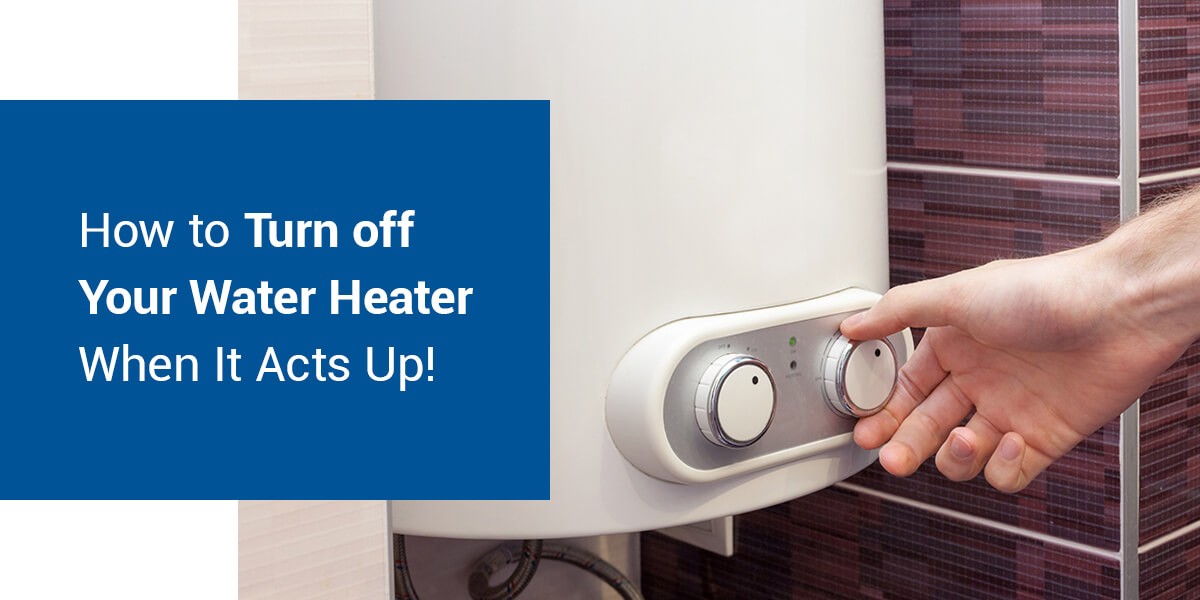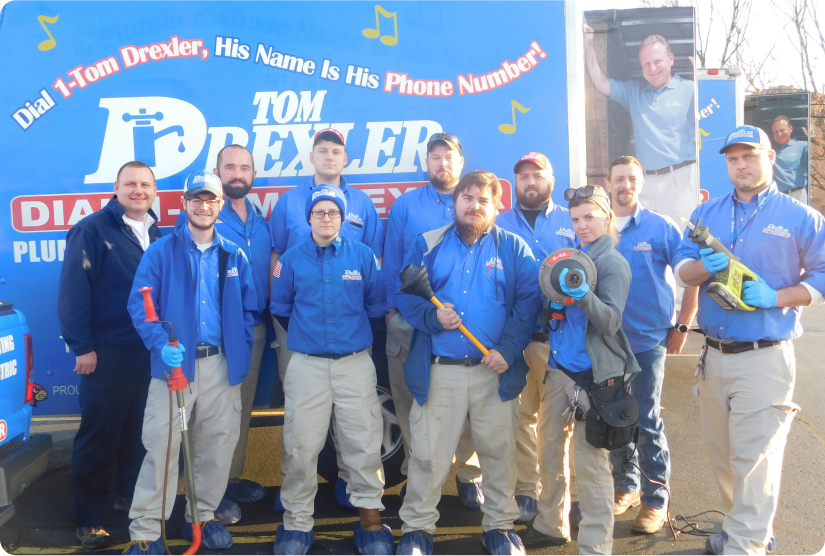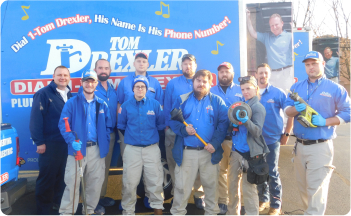Winterization of any vacated houses, cabins, or structures of any sort is of the utmost importance. The damage that can be caused by the freezing weather of winter can be devastating to a structure and must be prepared for. Of all the potential ills that a vacant structure might face in subfreezing temperatures, frozen pipes may very well be the worst and far reaching in terms of damage caused. This can and must be combated.
When water is left to freeze inside interior lines, the water expands roughly 9 percent of its volume.
This causes conventional copper or CPVC water lines to stretch past their breaking point, spilling untold gallons of water into the house, cabin or structure. Property owners may return to find ice many inches deep on the floors, or thousands of dollars in water damage to the structure. There are varying methods for the winterization of pipes in vacant structures. Here we will discuss the most effective of those. With the integrity of the house or structure hanging in the balance, too much is never enough.
Step One
The first step in this most effective of winterization methods for interior lines is to shut off the main water supply inlet for the house. This will be achieved by closing the shut off usually located on the outside of the foundation of the house where the water enters, or on the interior nearby. This ensures that no new water enter the lines. If the house, cabin, or structure in question has a well to supply the water, the well pump must be shut off also to avoid running dry and burning up the pump.
Step Two
The next step is to empty the supply lines and water heater of standing water. This is the water that was already present in the interior lines and the water heater when the main supply inlet was turned off. To accomplish this compressed air will be blown through the lines, clearing them. All faucets and spigots, as well as the toilet tank and any appliances must be opened and cleared in this manner to ensure that no lines are left full of water.
Step Three
After this, an anti freeze will be introduced to the drain lines of the house. Traps within the drain lines hold water in them to prevent sewer gases from returning into the house. The water in these traps must be cleared and replaced with antifreeze to prevent freezing and damaging the lines. The water can be blown from these traps using compressed air and a plunger modified with a hole in it to blow the air through. Next, pour the antifreeze down the drain until the traps are full. Note that the antifreeze used is not automotive anti freeze, but an anti freeze made for home and RV plumbing.
Step Four
The final step in this very thorough winterization process is to use foam pipe insulation to cover any exposed pipes. This pipe insulation is of the type resembling foam pool noodles, and can be very effective in keeping freezing temperatures away from pipes. This insulation may be left in place permanently, and will serve as added protection in basements or other areas where pipes are exposed to the elements.
Winterization is an extremely important step to protecting your investment in your house, cabin, or structure that is to be vacated for the winter. Follow this simple, yet thorough procedure to ensure the integrity of your interior water lines and plumbing through the frigid winter months.







